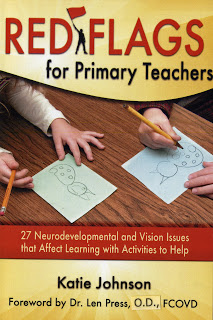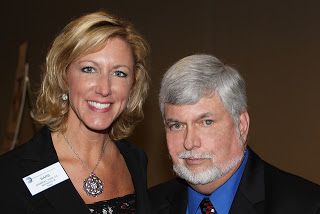2012 ISECON Proceedings New Orleans LA
Panel PresentationThe Effects of Contemporary Technologies on Medical Education, Practice, and Management
Moderator:
George Nezlek, PhD
Panelists:
Katarzyna Luba, MD
University of Chicago
Dominick M. Maino, OD, MEd
Illinois College of Optometry/Illinois Eye Institute/Lyons Family Eye Care
Richard Friedman, MD
Radiation Oncology of Mississippi
ObjectivesIn the case of healthcare, the consequences of applying new technologies can literally be a matter of life and death. Our panel will discuss the impacts, good and bad, of relevant technologies on the delivery of healthcare services to patients, the management of medical practice, and the training of future healthcare professionals.
Targeted Attendees
Faculty interested in Health Information Systems
Recommended Citation: Nezlek, G., Luba, K., Maino, D., Friedman, R., (2012). The Proceedings of the Information Systems Education Conference, v.29 n.2036, New Orleans, LA.



